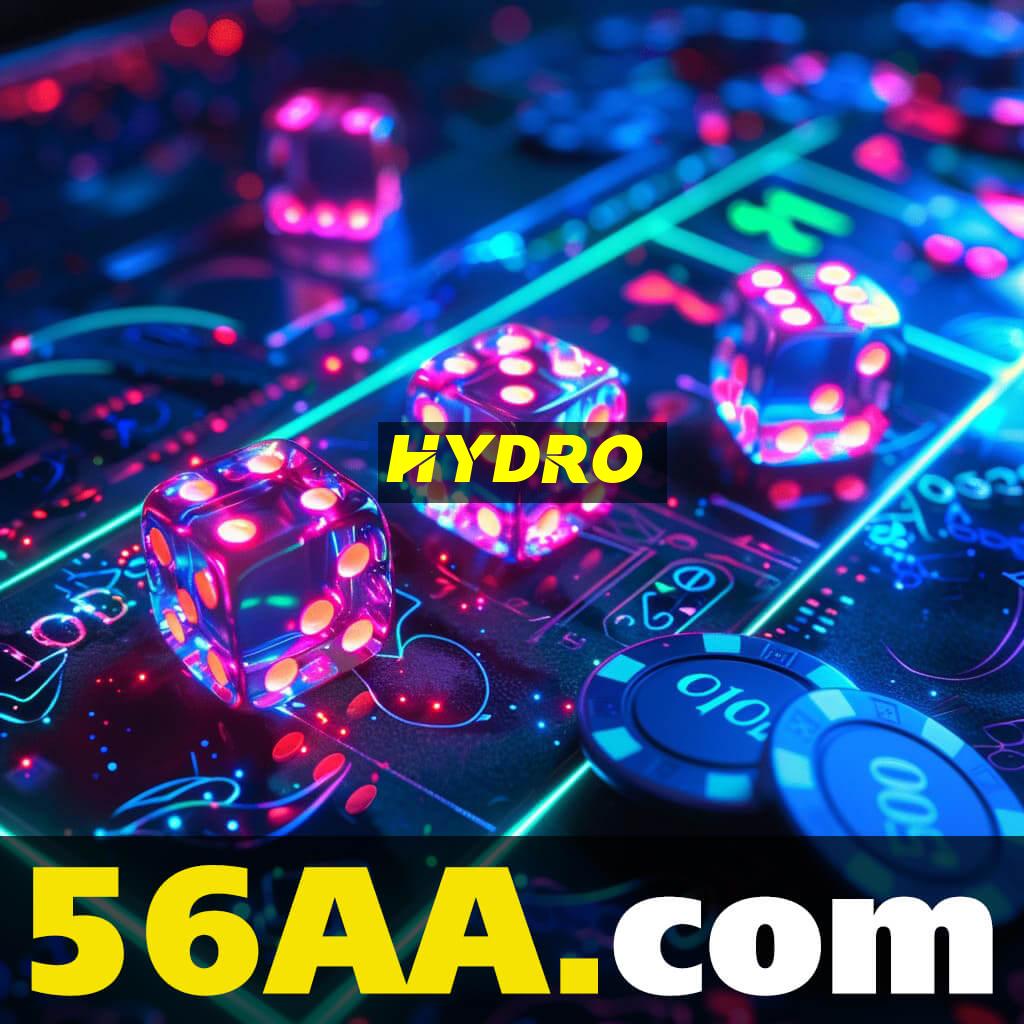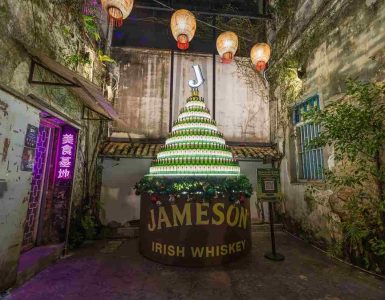Mini-hydro power plants, once an unpopular method of generating electricity, is now emerging as a viable alternative as fuel prices soar, especially coal, hitting hard on power producers.
The importance of these hydro power plants have become more apparent now that Tenaga Nasional Bhd has started rehabilitating mini-hydro sites over the last few years.
This move will not only help the utility giant reduce its power generation cost and carbon dioxide emission, but also create awareness for renewable energy and fast track the government’s aim to move towards green energy.
Last year, Chief Executive Officer Che Khalib Mohamad said mini-hydro plants should be developed to supplement future electricity demand.
By 2015, TNB aimed to produce 330 megawatts (mw) of power from biomass, followed by mini-hydro (290 mw), solid waste (200 mw), biogas (100 mw) and solar photovoltaic (65 mw).
TNB has 36 mini-hydro plants but only 21 are operational, nationwide.
The good thing about mini-hydro plants is that it doesn’t have the same kind of adverse effect on the environment as large-scale hydro dams.
Mini-hydro plants, in most cases, do not require a dam or barrage to store water, instead water is captured from a waterfall through a weir which is then chanelled through a 1.65 kilometre long pipeline which connects to the plant.
The Sungei Mentawak mini-hydro power station on Pulau Tioman has an installed capacity of 0.5 mw. Mini-hydro plants of such capacity require an investment of RM70 million.
Another advantage of hydro plants is that power can be generated, as per demand, by managing the flow of river water, which means less wastage of energy.
In the last 12 months, the plant generated 1,460,590 kilowatt hours of energy and helped reduce TNB’s diesel cost and emission by RM864,698 and 11,684.72 kilogramme, respectively.
TNB also operates a diesel power plant in Tioman with an installed capacity of 6.3 mw.
– Bernama
Read: DiGi and Tonibung powers Kampung Lumpagas with micro-hydro system












